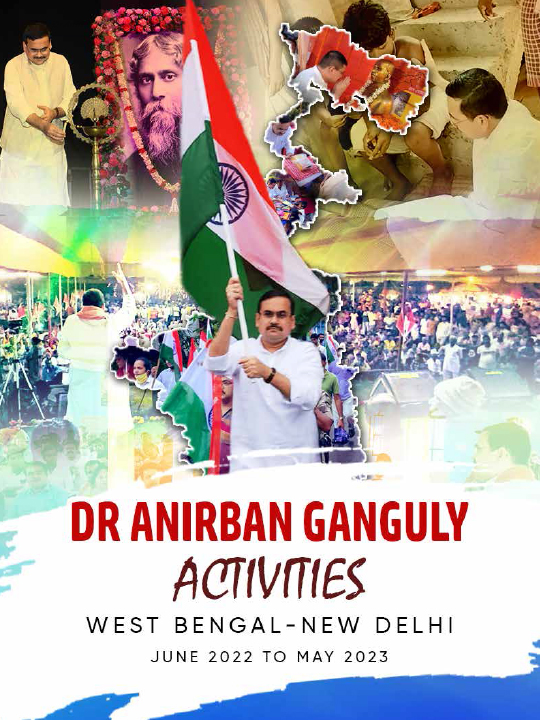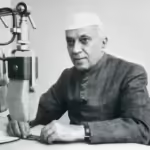Kala Utsav Hopes to Fuse Culture with Education
- By : Anirban Ganguly
- Category : Articles
Kala Utsav—the festival of arts and culture, a flagship attempt of the Ministry of Human Resource Development that took off in the national capital on December 8, is indeed an effort that not only celebrates the rich cultural and artistic diversity of India but also primarily aspires to integrate culture with education. It is perhaps the first time that such an effort is being made. For a country like India, with a rich and pulsating cultural ethos, tradition and expression, such a festival that celebrates the arts and artists and encourages in young minds the thirst for artistic and cultural knowledge is a unique attempt in the annals of education. Efforts at integrating culture with education may have been made in the past, but these were mostly piecemeal and halting. With the launch of Kala Utsav, there is hope that such an effort will be a continuing one and will eventually turn into a tradition that shall only grow and bring within its ambit many more traditions.
Some distinguishing dimensions make this effort stand apart. Students have responded with great enthusiasm from far-flung regions. All states have responded with great enthusiasm and have sent their best teams after a selection process that has seen teams from the district level upwards compete and reach the national level. The method that these young learners followed is striking. Students, who otherwise would not have an opportunity to showcase their talent, have been given an opportunity to do so and also absorb as much as they can from other states and regions.
Over 1,400 students have joined to enliven, through their performances, this festival of arts. The other feature that has made this attempt stand apart is the encouragement provided to a large number of specially abled children by enabling them to discover the artist in themselves through participation here. Welcoming the children, HRD Minister Smriti Irani made an interesting point when she said that the occasion was not only meant for a competition but it was also an opportunity for them to develop a cooperative and cohesive spirit by appreciating and imbibing the artistic and cultural traditions of others who have gathered from across the country. The children, it appeared, took her suggestion to heart and with great joy and gusto launched themselves into a discovery of India’s cultural diversity and its intrinsic richness.
Each team of students approached masters of traditional arts and learnt and absorbed their techniques through a period of regular interaction before they could perform and design their show. The team from Tamil Nadu, for example, adopted the traditional drama of Theru Koothu and while playing Karna Motcham displayed how they had absorbed tradition and internalised its various techniques. Similarly, groups from Arunachal Pradesh, Manipur, Mizoram and Assam enacted folk tales through traditional forms of drama. Such an effort made it an interesting mix of research, documentation, learning and then performing. The masters themselves were said to have been overjoyed to see young, inquisitive and energetic minds come to them to learn their traditional arts—it made them feel that they, too, had a recognised role in sustaining India’s rich cultural experience.
The other defining dimension of the Utsav is how the children utilised their traditional art forms and through these imparted crucial contemporary social messages. Prime Minister Narendra Modi’s call for saving and educating the girl child—Beti Padhao, Beti Bachao—and the call for education and literacy—Padhe Chalo, Badhe Chalo—was disseminated through the medium of traditional drama such as the Marathi Tamasha, the Assamese Ankia Naat or the Goanese Dashawatari Kalo.
All in all, Kala Utsav is a unique effort that brings alive Indian traditions before young India and invites them to celebrate and master these.













